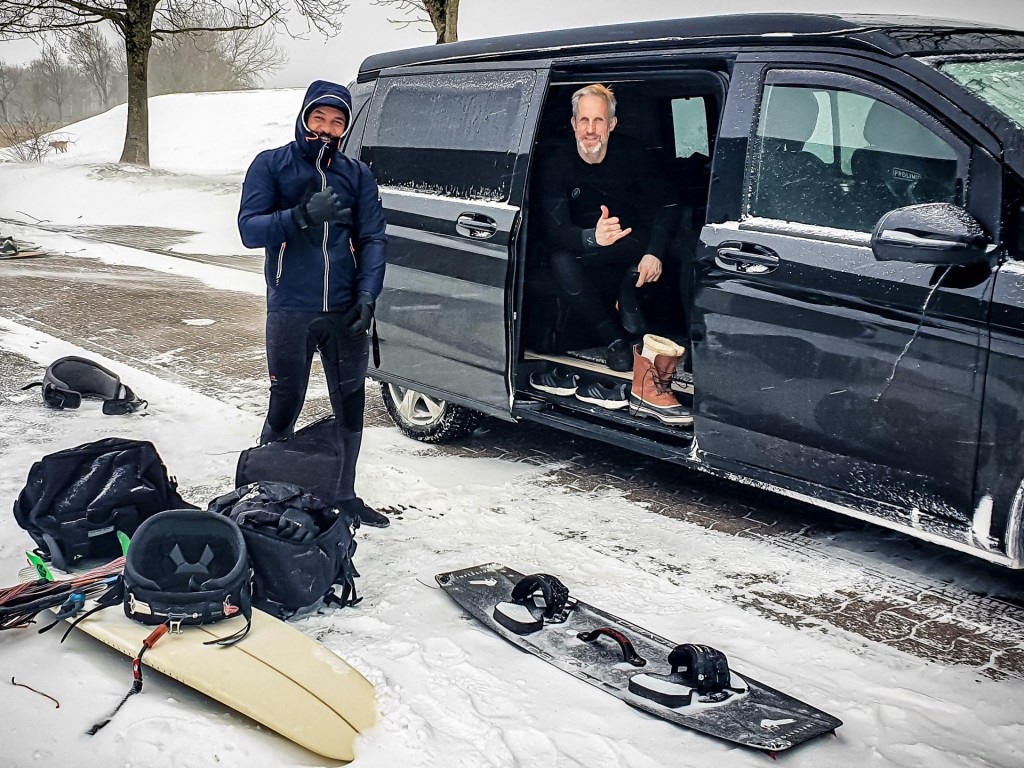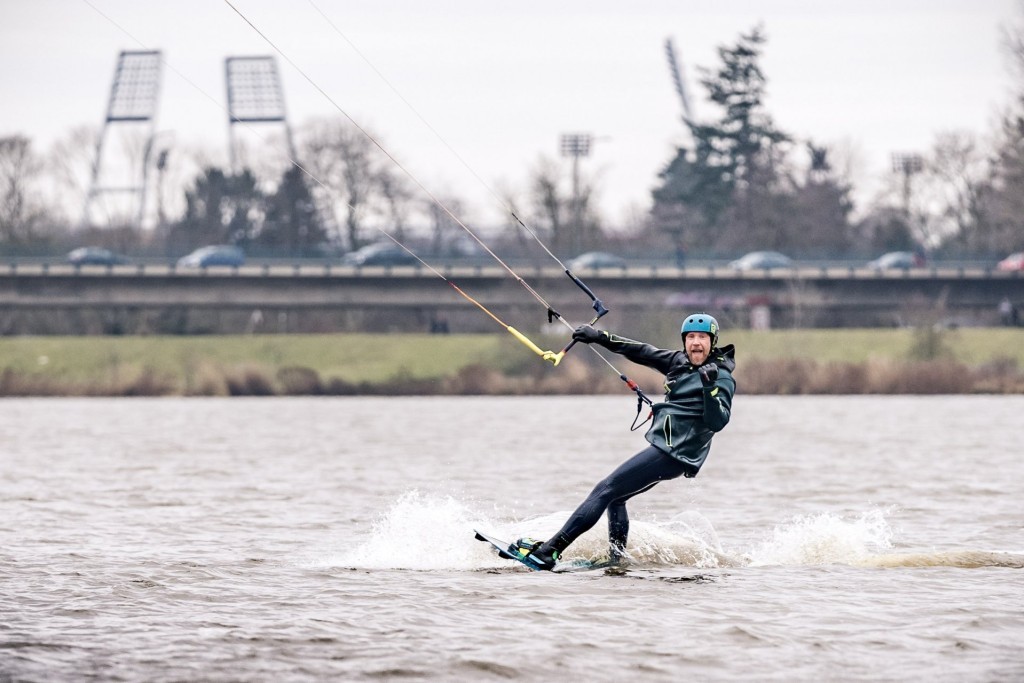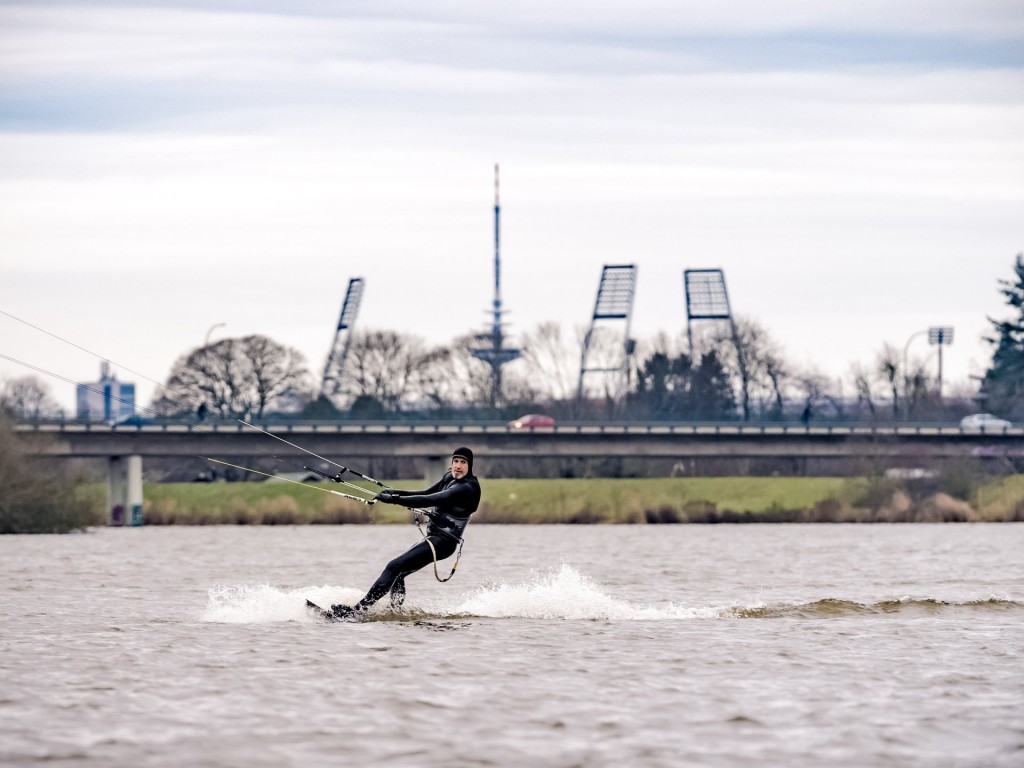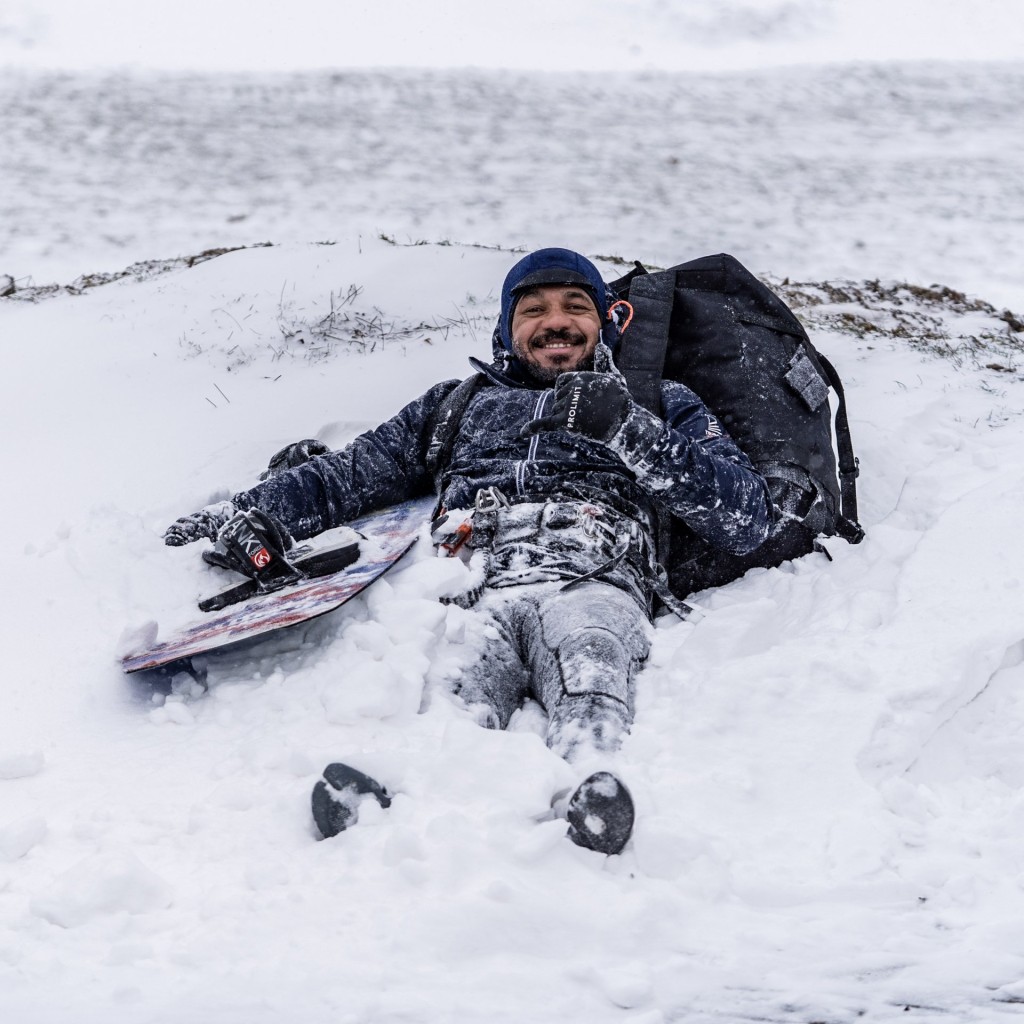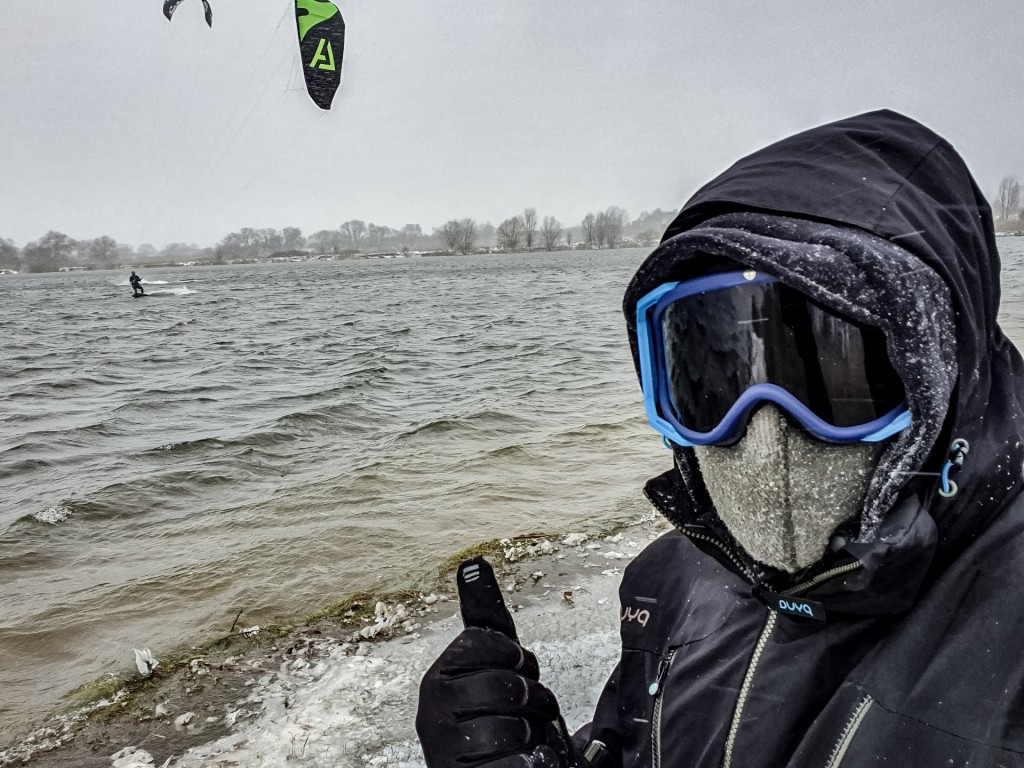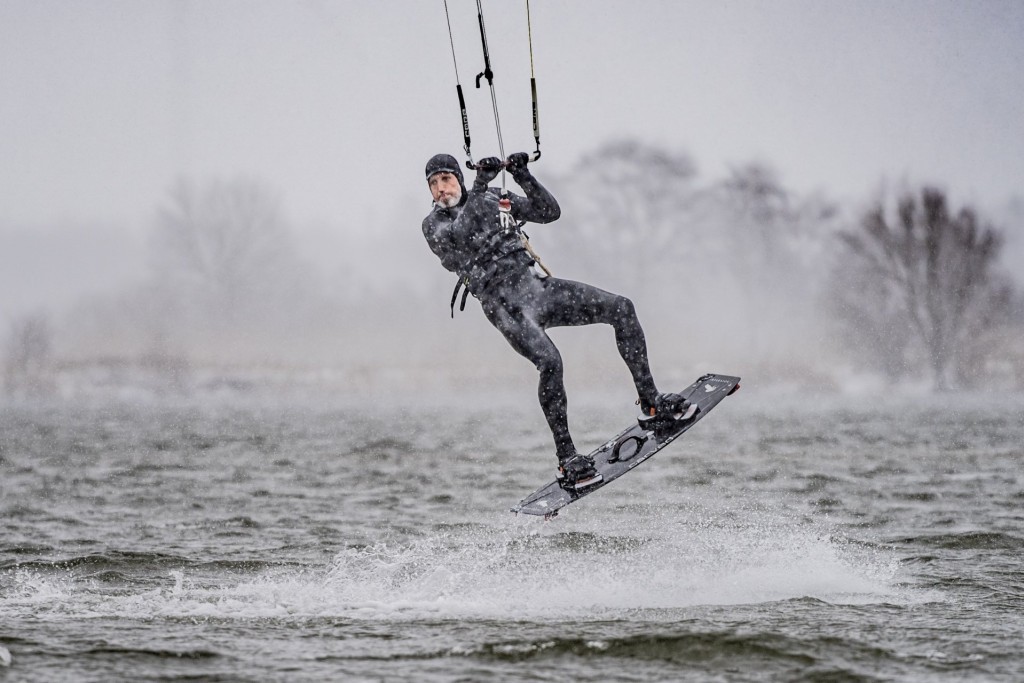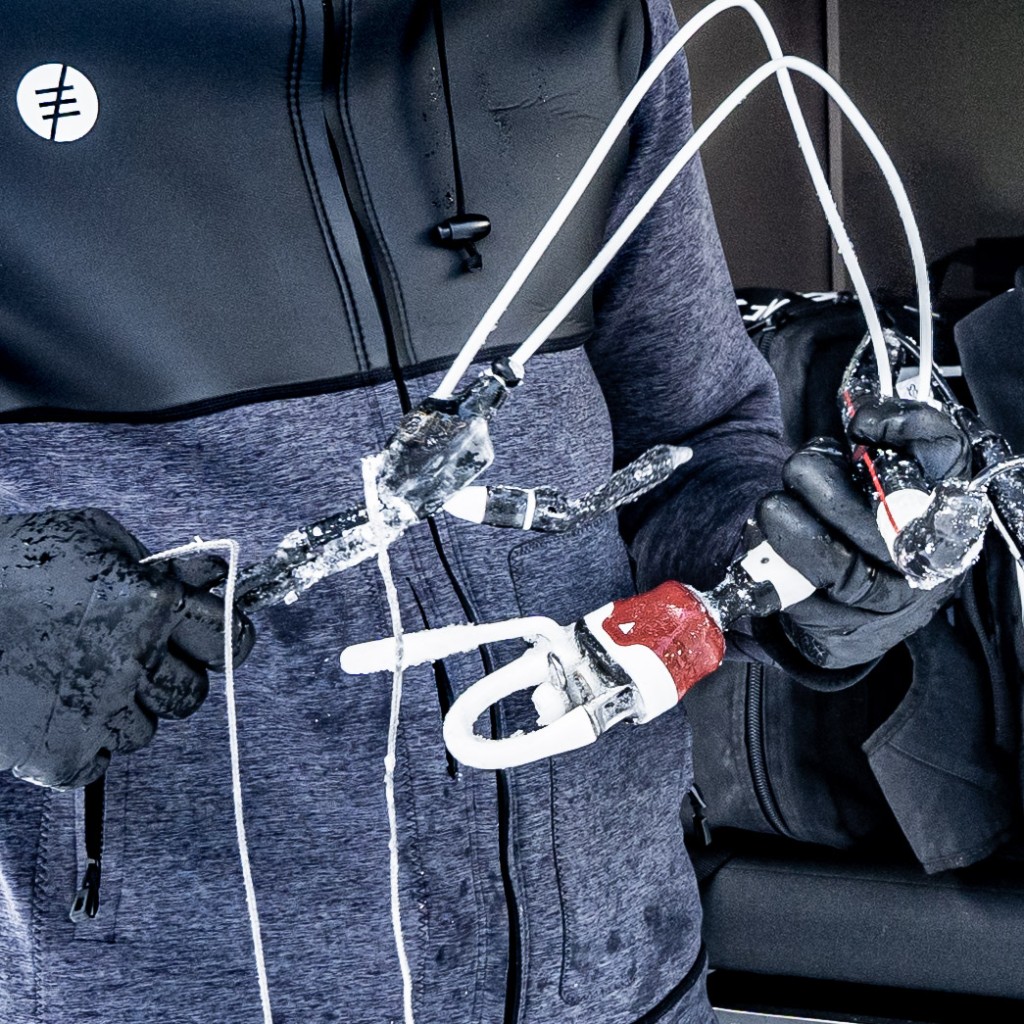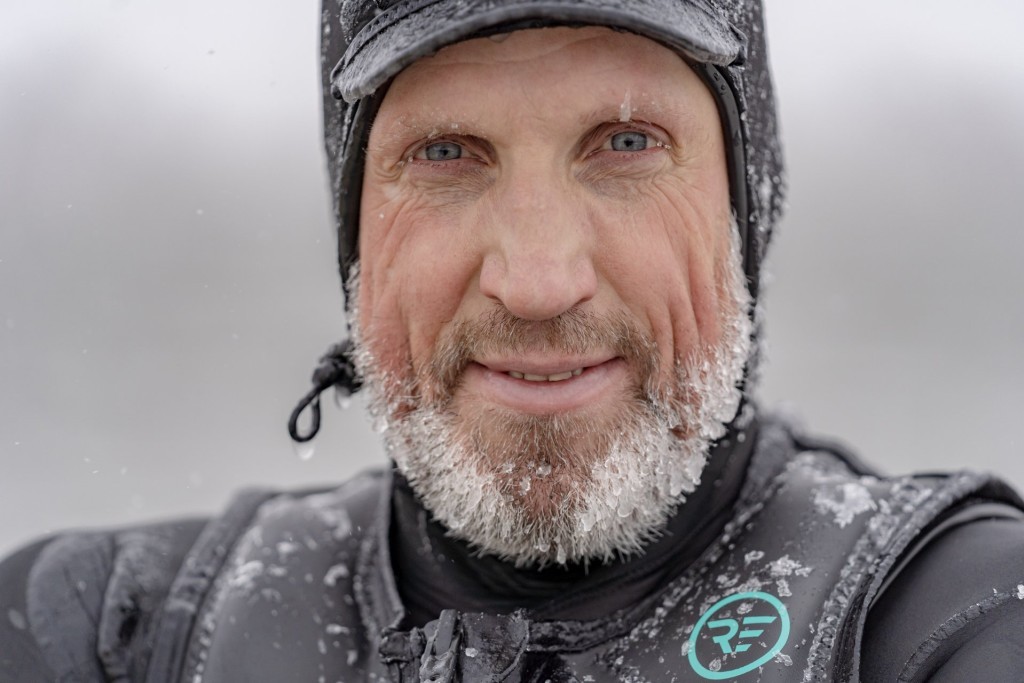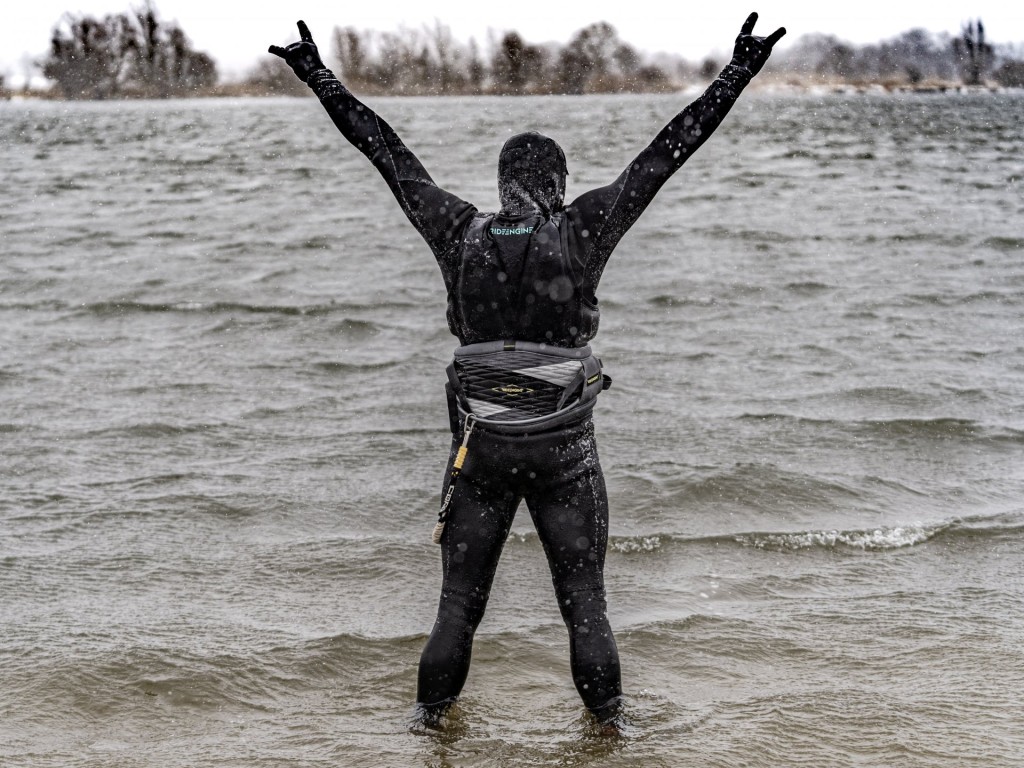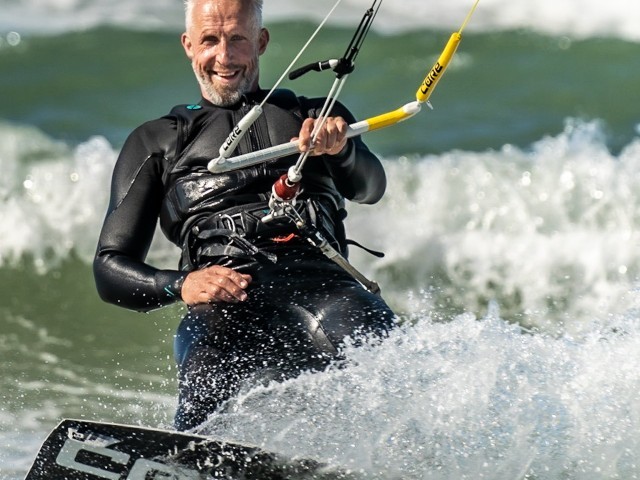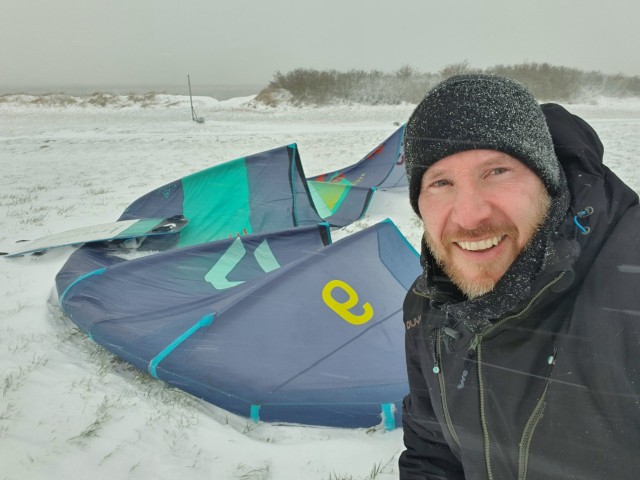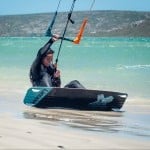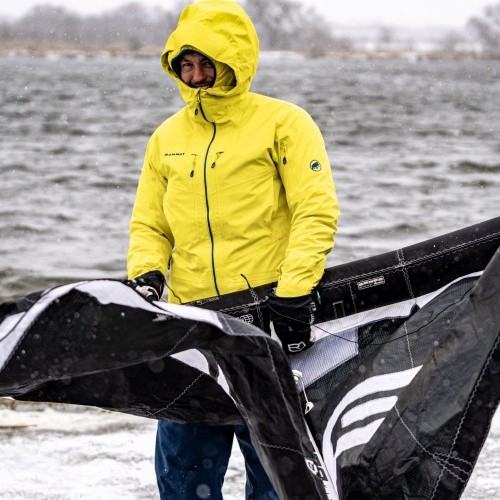
Finding Freedom in the Freeze – Northern Germany
Features / Sun 21st Feb, 2021 @ 3:00 pm
In Bremen, Northern Germany, the thermometer shows -7°C. This weekend, Germany’s 10th largest city is not only caught in the web of the COVID pandemic but also in a deep freeze with snowy chaos on the streets, caused by the icy snowstorms from the northeast.
On Saturday, the first puffs of the storm were noticeable in the city, and on Sunday, Northern Germany became Siberia in weather terms. Train traffic was brought to a standstill for the most part with trams not running. Germany’s logistical arteries – the highways – were also shut down in sections. The winter storm even led to the cancellation of a Bundesliga match scheduled for Sunday evening. CORONA + blizzard, this weekend seemed to be all about locking people up at home, forcing them to stay on the sofa in front of the TV.
To free oneself physically and mentally, there was only one way out of this situation – instead of hunkering down and staying on the sofa under three blankets, one has to face the demands of the storm and even dare to become a part of it. A storm means wind, and wind is what we love and need as kitesurfers.
The wind direction and the general situation are quickly analysed via social media within the Bremen kiting scene, the inhuman cold plays only a subordinate role in the planning stages – the main thing is to get out of one’s own four walls at least for a limited period and finally be FREE again.
The North Sea beaches are off the map this weekend because of the snow-covered country roads and paralysed highways. Besides, the high tide neither coincides with the short winter daylight period nor the prevailing wind direction. So kitesurfing has to take place in Bremen’s city zone, but where and under what conditions would such a thing work?
To find out, our local experienced kitesurfers Ihno and Denis go for a session to feel out the wind conditions and material limits on the Werdersee, practically in front of the Bundesliga stadium. Mission accomplished! Both are satisfied with the experimental city session and ready for the next challenge on the following “blizzard day”.
One of the most important insights of this session is the necessary adaptation of the safety concept for winter water activities. As we strategise, it becomes clear that without helpers on land for launching and landing, a sports adventure could quickly turn into an emergency. A leash attached to the road sign is not enough in winter – you need competent supporters.
The next morning, a small group of ambitious sportsmen meet, in compliance with the distance rules imposed by COVID-19, on the snow-covered car park at the edge of a quarry pond just outside Bremen. The mission: A kite session on the lake of a concrete factory directly on the river Weser. Especially surreal is the participation of Anderson Reboucas, A kite pro from tropical Brazil with World Cup experience.
Divided into two groups – 3 kiters and 3 supporters – we walk from the car park to the place where the action will happen. Even the 1 km walk in neoprene shoes with thick snow cover is a challenge. King Winter reigns over the water, wrapping everything visible in his icy cloak. Snowflakes freeze in the icy wind to form tiny knives that cut painfully into the skin. Only ski goggles can protect the photographer’s eyes today.
Every take-off and landing requires extreme concentration and precise coordination: defining the limits of the safe riding area, deciding who holds the kite and who secures the kitesurfer on the harness. Professional sports instructor Sven, in his highly visible yellow ski jacket, marked the narrow landing zone for the water crew on the shore. The normally soft sandy beach was completely frozen to a slippery surface, so every step with the kite on the harness hook had to be secured by the helpers.
After one hour, the session was terminated because the freezing of the kite equipment had progressed too far. The team had expected massive ice formation on the depower mainline and on the quick release, but what was particularly surprising and new was the strong impairment of the kite’s flight behaviour.
Because of the freezing rain and the frosty cold, icing occurred on the leading edge and the canopy – the kites could hardly be steered reasonably and had a strong tendency to front stall. After all three kiters had landed their kites safely on the narrow piece of land, aided by the full commitment of the helpers, the whole team went exhausted to the cars, faces radiating joy and happiness without exception.
Winter Chaos 2021, And we were right in the middle of it, instead of just watching from the sofa! What outweighed everything was the special feeling of having managed to master these extreme conditions as a team and the realisation that as long as we can kitesurf, we will indeed remain free.
Text and pictures: Denis Makolkin + Ihno Jürjens.
Ihno Jürjens, 45 years young, Entrepreneur based in Bremen, Ambassador of CORE Kiteboarding, CARVED and Ride Engine. Favorite kite trick: double backroll kiteloop. First own kite: CORE XR 12qm. Favorite kitespot so far: Capetown, SA. Coveted not yet traveled kitespot: Lofoten, Norway. Best thing about kitesurfing: It’s my happy place – every time again. Instagram @ihno.kite
Denis Makolkin, 45 years young, Project Manager in Bremen, Leader of intercompany kiteboarding group Kiteam. The famous kite trick: handplant kiteloop transition. The famous kite: Duotone Rebel 9 sqm. Coolest kitespot so far: Rosebud, Australia. A coveted not yet traveled kitespot is Pe’ahi, Maui, Hawaii. The best thing about kitesurfing for me is the psychological flow state on water with a good playlist in my mp3 player. Instagram @denis.makolkin
By Crystal Veness
Editor at IKSURFMAG, Crystal Veness hails from Canada but is based in South Africa. When she isn't busy kitesurfing or reporting on the latest industry news for the mag, she is kicking back somewhere at a windy kite beach or working on creative media projects.


